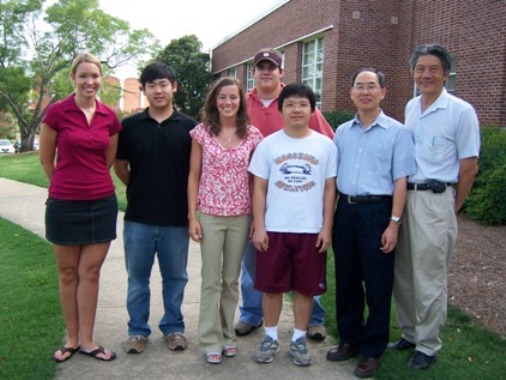Mississippi State University 2006
From 2006.igem.org
(Difference between revisions)
| Line 6: | Line 6: | ||
| width=300px style="padding: 5px; background-color: #ffffff; border: 2px solid #993300;" | | | width=300px style="padding: 5px; background-color: #ffffff; border: 2px solid #993300;" | | ||
| - | + | [[Image:iGEM 2006 024.jpg]]<br> | |
| - | + | '''[http://www.abe.msstate.edu/Undergraduate/Biological/ Mississippi State iGEM Team]''' | |
|} | |} | ||
Revision as of 18:15, 28 July 2006
Welcome to [http://www.msstate.edu Mississippi State University!] |
|
The TeamFaculty Members:
Students:
|
Project Abstract
To Do List
|
Introduction
|
H2 Reporter
|

